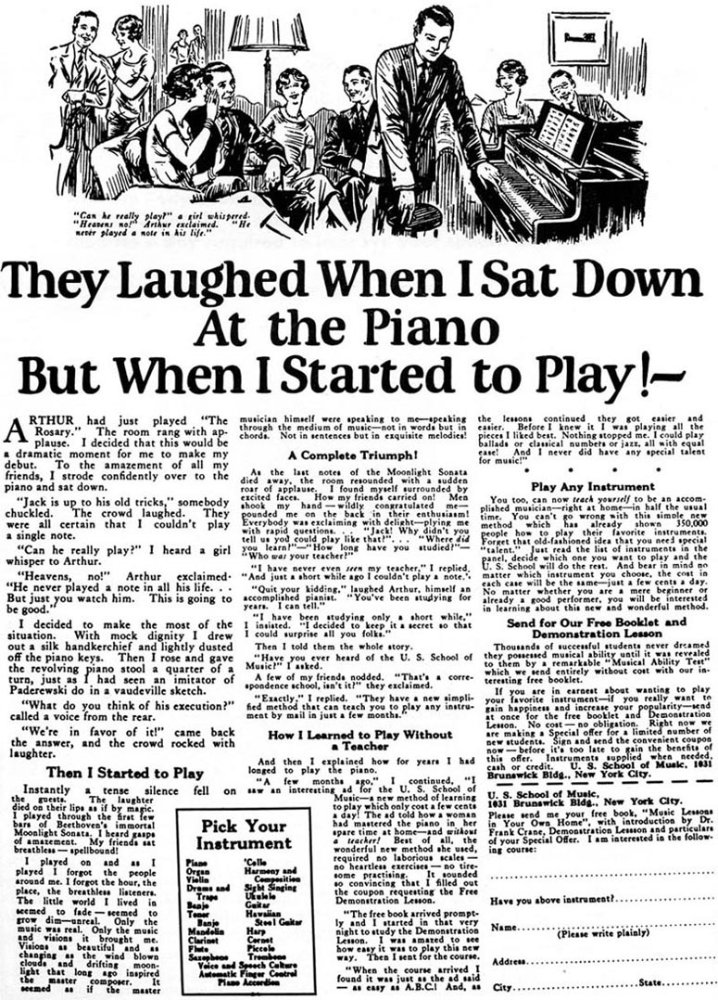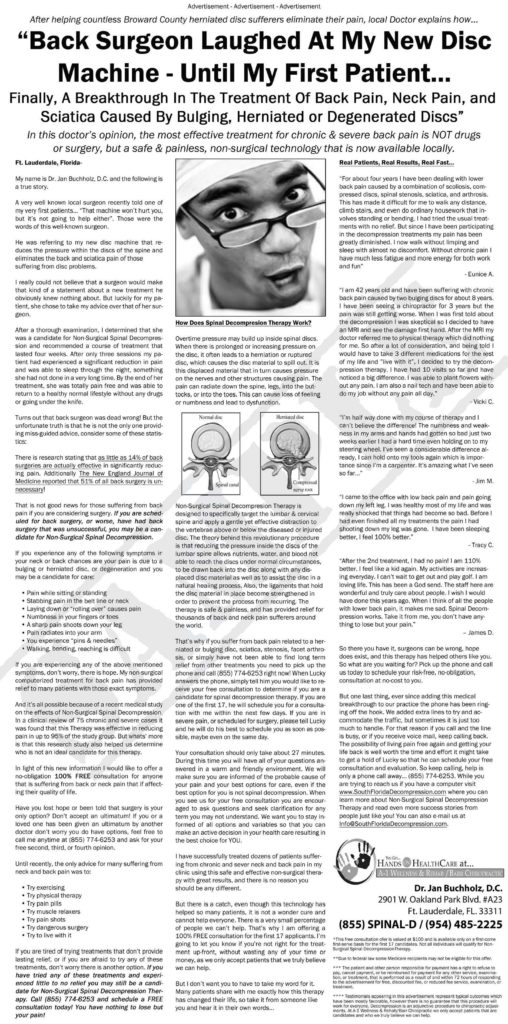Repeating history. It’s not always a bad thing.
George Santayana wrote “Those who cannot remember the past are condemned to repeat it” in The Life of Reason, 1905. Winston Churchill more famously paraphrased the philosopher stating: “Those who fail to learn from history are doomed to repeat it” during an address to the House of Commons May 2nd, 1935. But why is the common opinion on history that repetition is inherently negative?
Is it not possible that some who have come before us have had great wisdom, solutions to ideas that are still just as viable today, universal truths that withstand the test of time, theories and formulas that continue to work in the 21st century despite being crafted decades, centuries, or millennia ago?
While this practice can be applied in many ways, in my business and life I have utilized it in relation to marketing. In the age of social media and the 24 hour news cycle it seems most look for “the next best thing”, a new way to engage their audience, to attract attention, manage public relations, and drive new business. I have found conversely that many times the best practices of the present can be found by looking to our past. Famous info marketers such as Dan Kennedy, Bill Glazier, and the like often call this practice “swipe and deploy”, I prefer to refer to it as Marketing History.
At its core the concept of marketing history is both elegant and simple.
The gilded age of marketing is often considered the post-World War II economic expansion era (or postwar economic boom) that occurred between 1945 and the early 1970’s. This period saw an explosion of capitalism and consumerism, and along with it the marketing that drove consumer opinion and purchasing trends. Longstanding consumer products such as automobiles and tobacco were cornerstones of the advertising world, which at that time revolved around Madison Avenue, New York City. But emerging technologies, many of which were the offshoot of military technologies such as the microwave oven, expanded this industry as never before with more and more companies fighting for their share of the consumer market seeking out talented and visionary marketers and firms to position them ahead of the competition.
Although there is many a marketer from this era I am a fan of, quite possibly my favorite is Eugene Schwartz. One of the highest paid copywriters of his time (primarily the 1950’s & 60’s), his newspaper and magazine ads, as well as direct mail sales letters are credited with selling over one Billion dollars of goods and services. This is a man that sold everything from wrist watches, to self-help books, to plants, most via mail order (the equivalent of online shopping today). Over the years I have compiled a collection of his original ads, many only available via microfilm. But just as platinum is valued for its limited supply so in the world of advertising are historical marketing gems such as these. I often read and re-read his ads and the core competencies of any successful advertisement regardless of the product or service being offered, or the era it was created in, are present in every one:
- A memorable and attention grabbing headline
- A clear definition of the product or service being offered
- And finally a response runway to allow the consumer, client, or patient to buy (with ease)
Although I’ve never meet the man I consider him a mentor of sorts and those key elements exist in each and every advertisement I have ever produced for myself or my clients whether in print, broadcast, or multimedia format.
A nearly perfect example of what we cannot only learn, but apply from Marketing History come from one of Eugene’s all-time great ads:

Now that’s a headline that will get your attention every time, even if you’re not a pianist!
It begins negative and elicits an emotional reaction of deprecating humor, or even compassion, but then up-ticks and provides a triumphant moment of overcoming the doubt and skepticism that filled the room depicted in the illustration adorning the header of the ad.
As we read on the story enthralls and draws us in, as if a soap opera in print. Finally the hook is revealed, the surprise piano man had learned to play by first ordering a free book then purchasing his home study course. This is the offer, to teach yourself to play any instrument like a pro in the comfort of your own home.
Finally, the response runway: an easy to complete cut-out mail order response to receive your free book. Now think about the fact that this tactic first used nearly a hundred years ago is still wildly effective today! How often have you signed up for a newsletter, mailing list, free download, or even a social media such as LinkedIn – this is the same response runway as the mail order book, simply done electronically via computer, tablet, or mobile device!
Now to demonstrate a modern day adaptation; more than a decade ago I crafted a medical advertisement for a non-surgical treatment of back pain based upon the genius “Piano ad” of Eugene Schwartz:

Much in the same fashion as Eugene I utilized a negative headline that draws the reader in, a mocking picture that elicits an emotional response, and finally the turn, the up-tick where it is revealed that the skeptical back surgeon was disproven and this breakthrough treatment for back pain really does work.
The treatment is explained, who is a candidate, what to expect, testimonials of other patients further supporting the efficacy of this treatment.
Finally the offer is made, a risk free consultation to see if you too may qualify for this breakthrough treatment that has relieved the back pain of so many once suffering just like you…
Before retiring this ad from circulation it was responsible for generating dozens, sometimes even hundreds of calls with each placement in the local newspaper of countless doctors across the country. But I can’t take all the credit because the theories upon which this ad found its success had existed long before I even walked this Earth.
The successful marketing principles of yesteryear are very much alive and well today.
I implore you look to the past, find what worked before, and use Marketing History to guide your present creative projects drawing inspiration from those who came before; you may find the past can very much become the key to you and your clients’ future success!
Should looking to the past still not help you succeed in the present, or to abate previous poor results from your marketing efforts, feel free to contact us via phone at 855-854-6332 or request a complimentary evaluation of your current marketing efforts. Over the past decade we have helped hundreds of doctors, attorneys, and small business owners overcome their past marketing mistakes and break-through to all time high production and profitability. We may just be able to help you do the same, so call or click today because “Those who fail to learn from history are doomed to repeat it”…





